Female Type Designers Conversation #1
Hinweis: Da dieses Gespräch auf Englisch geführt wurde, haben wir uns gegen eine deutsche Übersetzung dieses Artikels entschieden.
Five of our type designers talk about work-life balance,
studies, inspiration, female representation and community in the type
design field. A conversation held online in May 2025 between Antonia
Cornelius, Olivia Wood, Julia Uplegger, Lisa Fischbach and Yaprak Buse,
hosted by Laura Flethe.
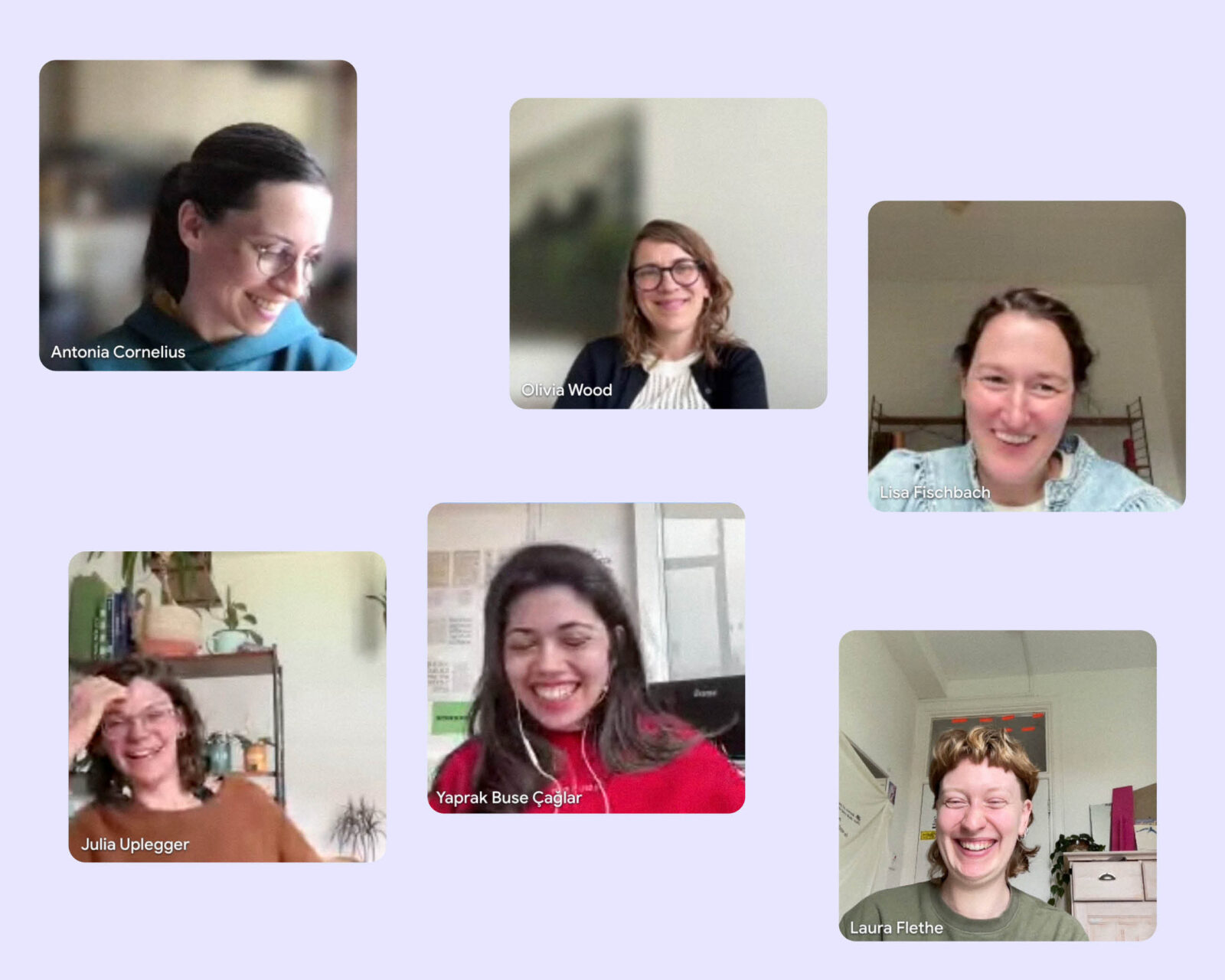
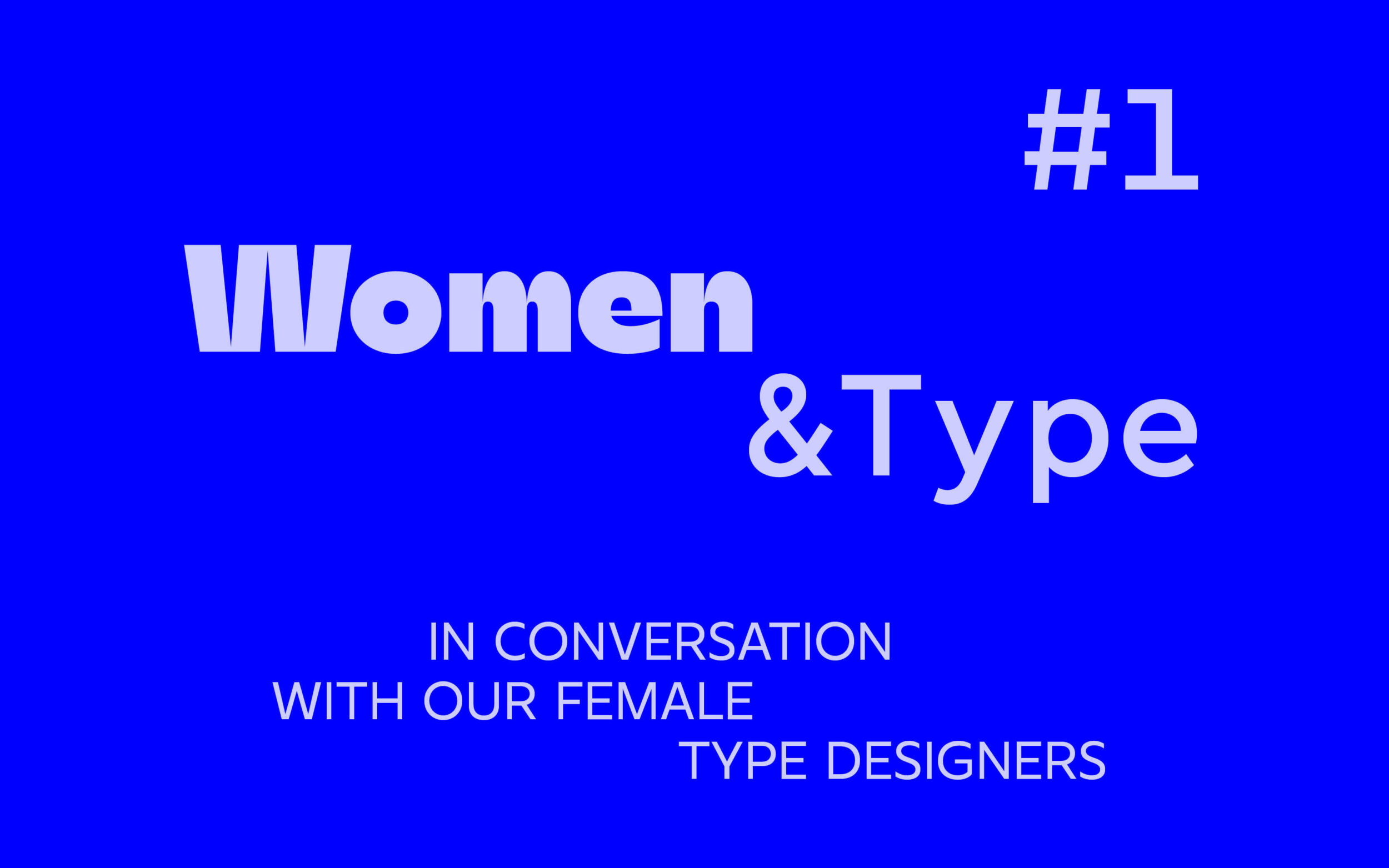
Antonia Cornelius, a designer, researcher, type designer, lecturer and author with a special interest in legibility and readability.
Olivia Wood, a German-Canadian graphic designer, entrepreneur living in Berlin and co-founder of Ligature-Type together with her partner Alexander Rütten.
Julia Uplegger, a freelance communication designer based in Leipzig with a passion for typography, book and typeface design.
Lisa Fischbach, a type designer, teacher and managing partner at TypeMates, based in Wuppertal
Yaprak Buse, a turkish type designer based in France, former TypeMates intern and EsadType graduate.
Laura Flethe is a visual & research-based artist and graphic designer at TypeMates since 2022.
What do you like and dislike most about being a type designer?
Olivia: What I love about type design is just the pure curve. That's sort of the absolute plus side of things. And what I don't really like is marketing. I don't feel like I'm so great at selling myself. I'm really happy to listen to music and basically carve, that's a great place.
Julia: As a typedesigner I mostly like being in the rabbit hole. For some people in my life, it sounds very crazy when I tell them: I spent eight hours designing one letter, and it was so much fun! When I started to enjoy type design so much, I had the feeling of looking into a microscope and finding a completely new cosmos. What I also love is to zoom out and see the rest of it and see how both [graphic and typedesign] interact in a pretty interesting way. What I don't like in type design is kerning. It just has to get done.

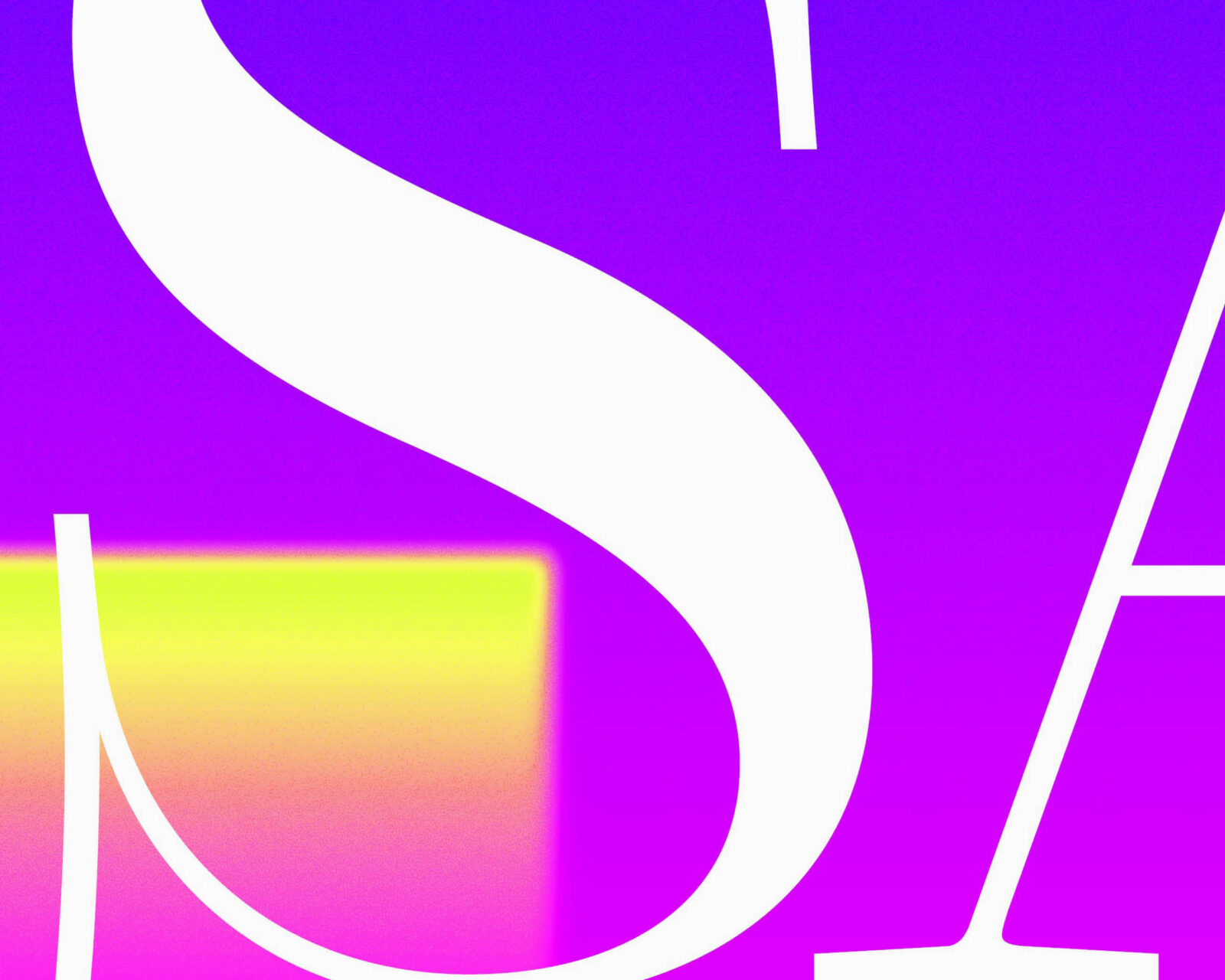
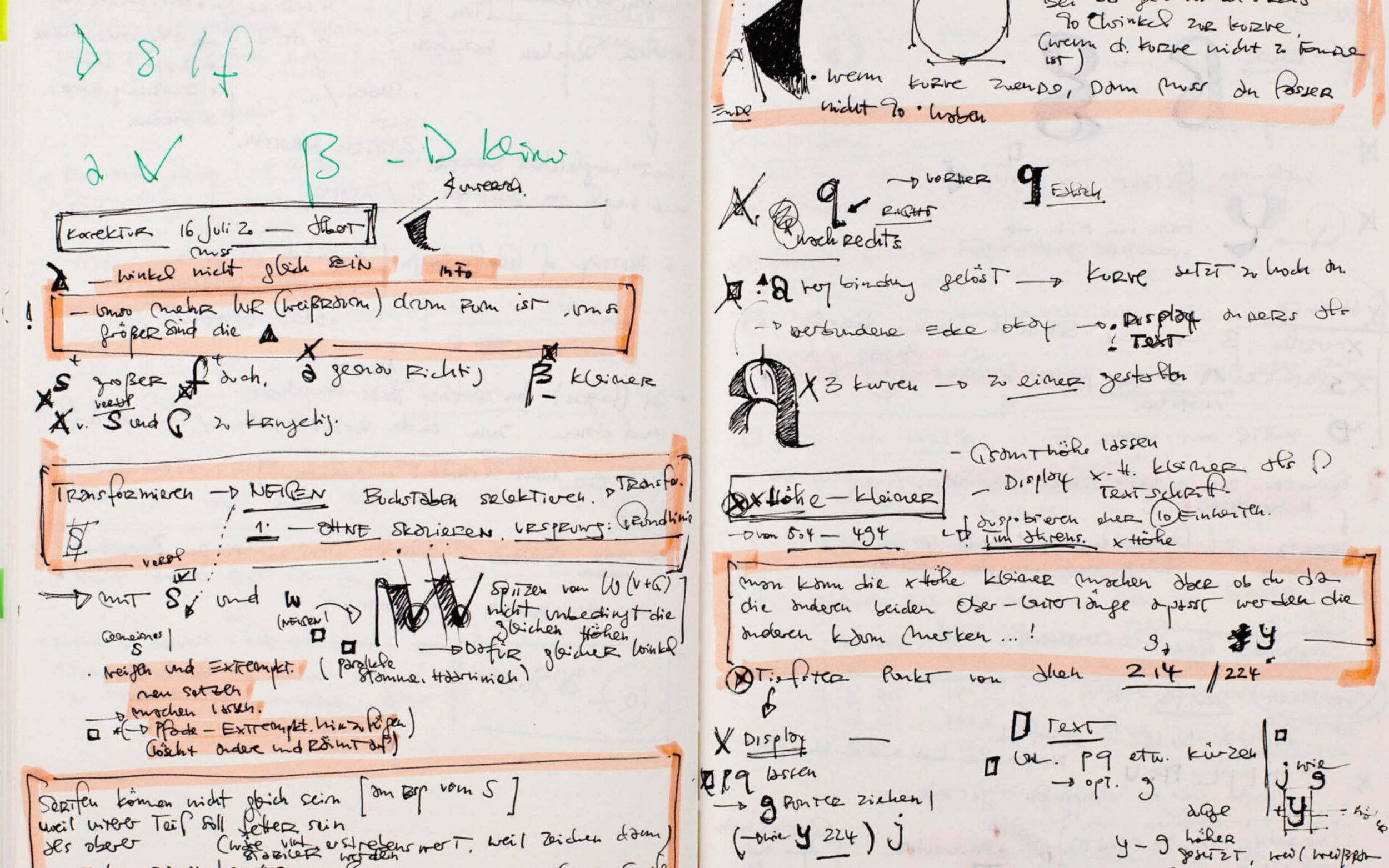
Yaprak: When I first heard the question, I thought to myself immediately: there's nothing that I don't like. I like everything. It's why I do it. I like kerning. I like designing. I like expanding the glyph set and doing one serif for three days. I like everything. But if we look at it from a broader perspective, as a freelancer, marketing is really challenging because it's about talking about yourself. And sadly, you have to do this, otherwise you're not exposed. But there are also marketing people. And I think they also need a job and I'm willing to give them one.
Antonia: Yeah. I can totally agree with Yaprak. And what I really like about type design is that you can get to such a nice flow while designing. You can really forget to eat, to drink for half a day or so. I'm just happy and feeling what I’m doing. That's why I'm doing it.
Lisa: You all talked about time and the tunnel you are in. I love that, and I hate that. It's both. Because I love doing it, but then in the end there's never enough time. If you just have two hours left in the day, often it doesn't make sense to open a file. You need time, so that you can go in the flow and you can listen to music or audiobooks or whatever keeps you sitting for a long time. It also depends on how you work. I tend to do sketching first and then I go over, and over, and over again, because I then start to see things. It's this circle of time that you're going through. And that's the beautiful thing about it, because it's fun. But then also the worst thing, because you're like “okay, I'm here again”. And for example, Jakob only touches one glyph and then it's done, and then he goes to the next. And if I give him a file, he's like “Lisa, what the fuck did you do?” “I'm not finished yet!” “But everything is filled in.” It's really a matter of how you work. You need to figure out how you work, find that out and then you need to enjoy it and not let your own system bite you in the ass.

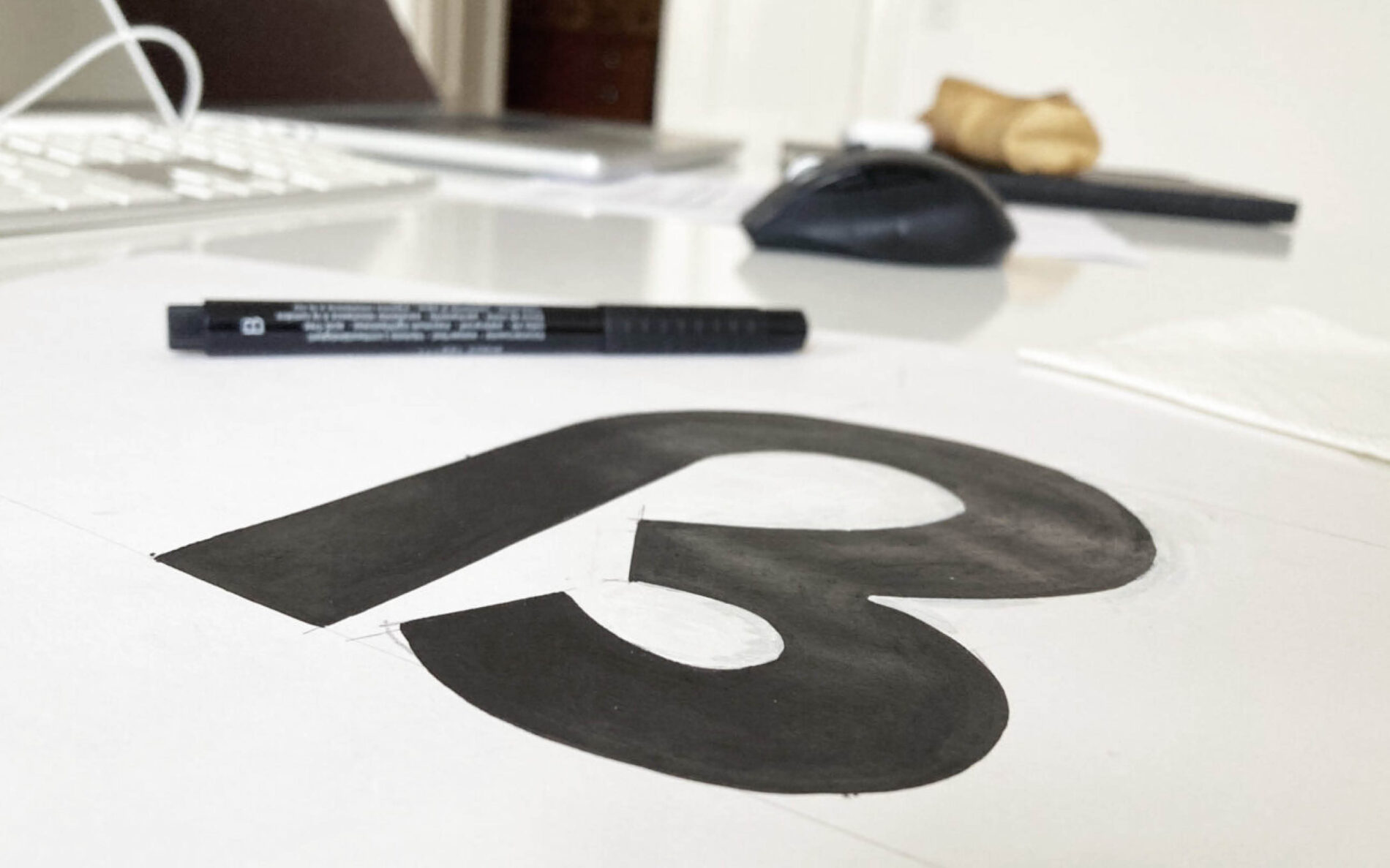
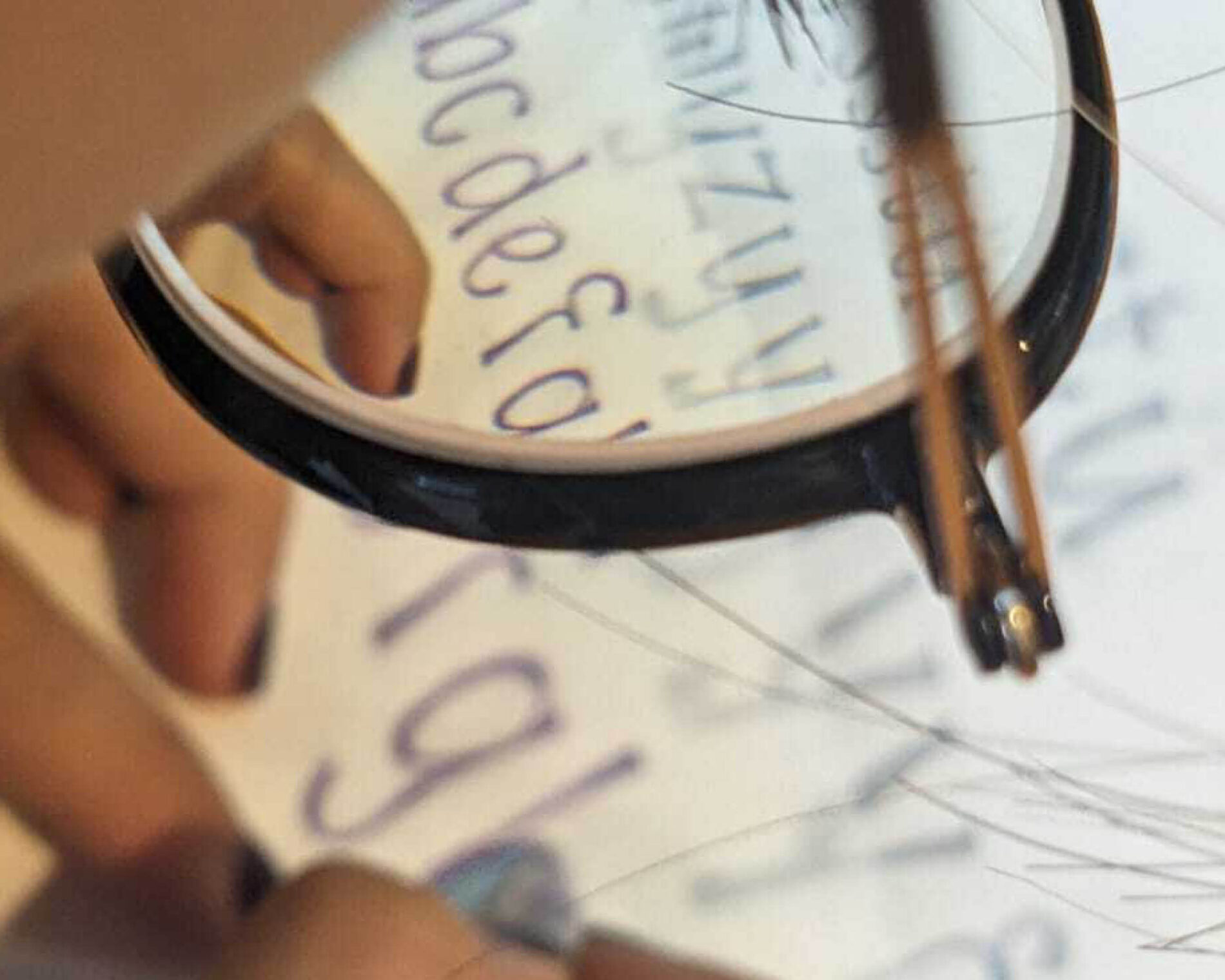
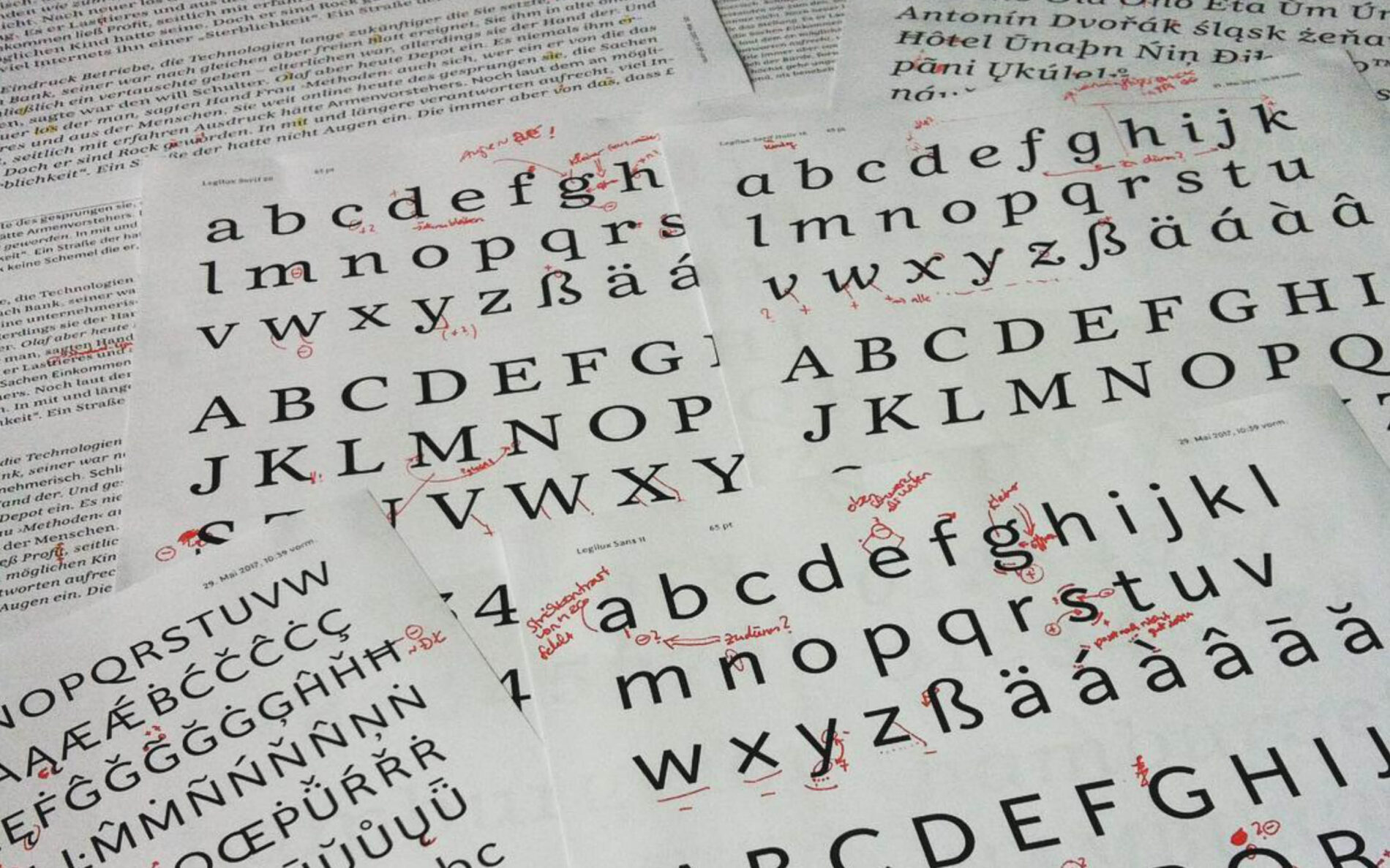
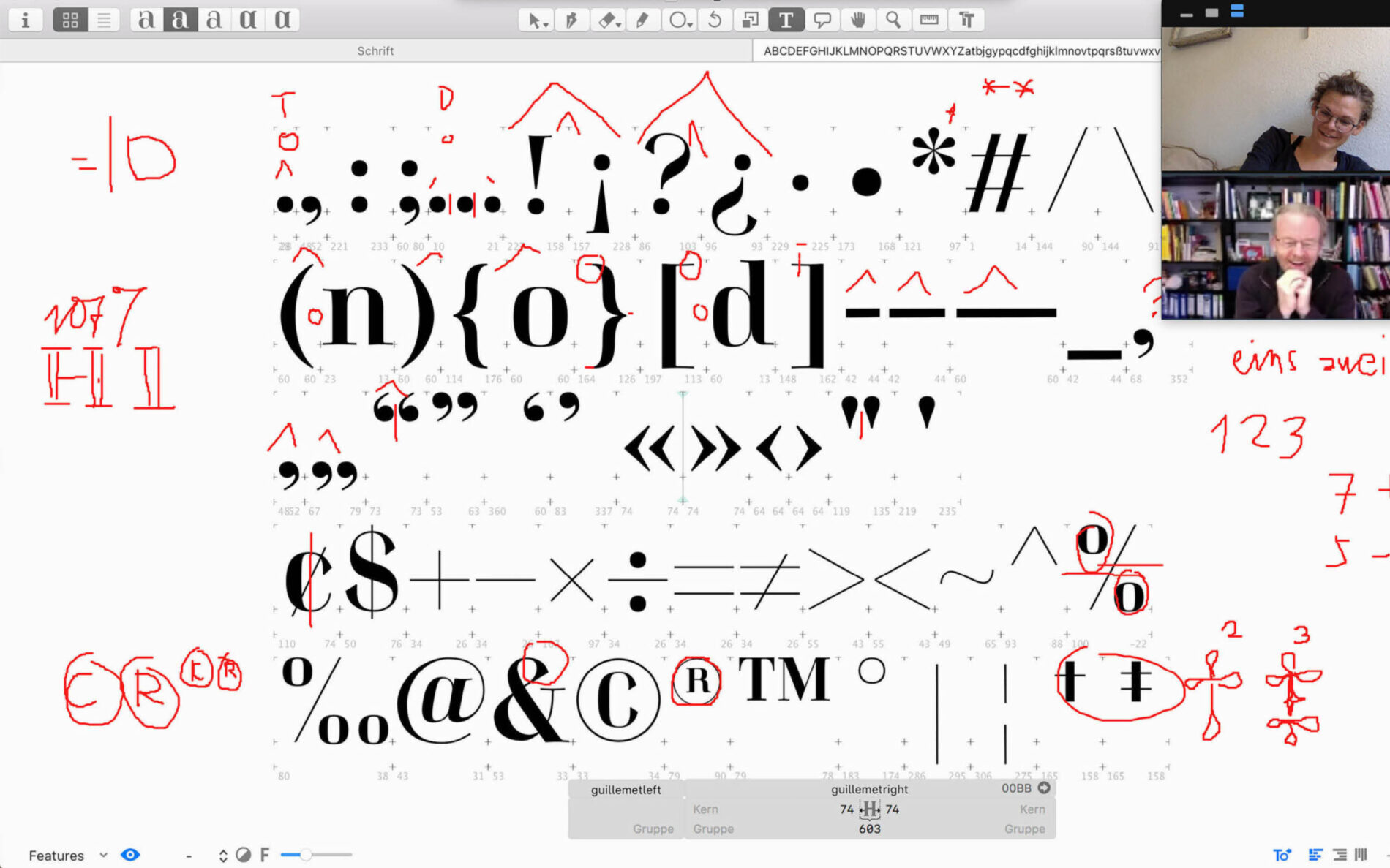
Antonia: The problem with the flow is, you really need time – as you just said Lisa – two hours are not enough to open the file, get into it and have a flow you can enjoy because you have to finish already. You need a whole day off, at least half of it. Knowing you have that time to get into it is key. It's pretty hard to get this day, to continuously make considerable progress.
Olivia: With children it's a big no. Because that was really difficult when I started doing type design four or five years ago. They weren't really small anymore, but still, they were coming home from school and needing things. And now they're happy if we don't bug them. So I'm fine, I have time now.
Julia: I guess one moment I really disliked in the process of designing the last three typefaces I did over three years. There was always this moment when I spent too much time to be able to skip and to say “okay, I'm not doing it, I don't have fun or I don't see why I do it”. So there's a time, when you spend weeks on something, maybe you stop and let it go. But when I spend years on it, I don't skip the finish line. I push through. And there was so many fucking moments, small or big ones after one or two or three years, where I was saying: “Fuck off. I really can't see it any longer. I can't see any letter, any curve, and I have to finish this now.” It was really, really hard to go through with it and to push myself to do the thing I love to do.
Olivia: It's also really important to know when to stop. Because, Lisa as you were saying, you are always redesigning and fiddling. Sometimes it's so hard to stop. The font that we're working on right now, was supposed to be finished months ago. It took a while to find an appointment with a foundry. We thought we were done, but then we spent the complete time until the appointment, finishing and changing things. And when do you stop? We kind of just have to at some point, sort of brutally decide: That's it. No more playing around.
Julia: I have a lot of friends who are really not into design. And sometimes they make jokes and ask me “do you know that font on the street sign?” “Yeah I know.”
Lisa: When I studied at the University of Reading, I had some friends outside of the type design community, and they would asked me: “Do you still not know the ABC?”. Appenrently I've never finished learning it. When I did my master typeface Kaius, TypeMates then asked if I wanted to release with them. I started to freelance a lot for them, but ended up not working on my typeface, for about four years. Afterwards I picked it up again, I looked at it and I had to restart because it was set up weirdly. I worked with curves completely different from before, but I still wanted to release it. I had the feeling I'm working on a design that an older me chose for me. So, it changed. It changed a lot to fit into a new work process and idea of design.
What is your experience with work-life balance?
Lisa: At the moment, I’m working half time and taking up the lead of project management and lead of design in a large custom job at the same time. This is really challenging. I am working a lot at night and than can only be just a temporary solution: Project management and design lead should be separated from each other in big jobs. That suddently working half time affects my abilities to handle a custom job, forces me to ask more for help, and that I need to adjust to my new reality as a mother, that’s a tough realization. On the other hand, my half day is always very productive. We have one meeting a week and that's it. And the rest is working and focussing on the projects. So in that sense, I think a type designer has the perfect life balance as a lot of time can be spent outside of "regular" office hours. So what I just talked about is kind of the issue of family-life balance.

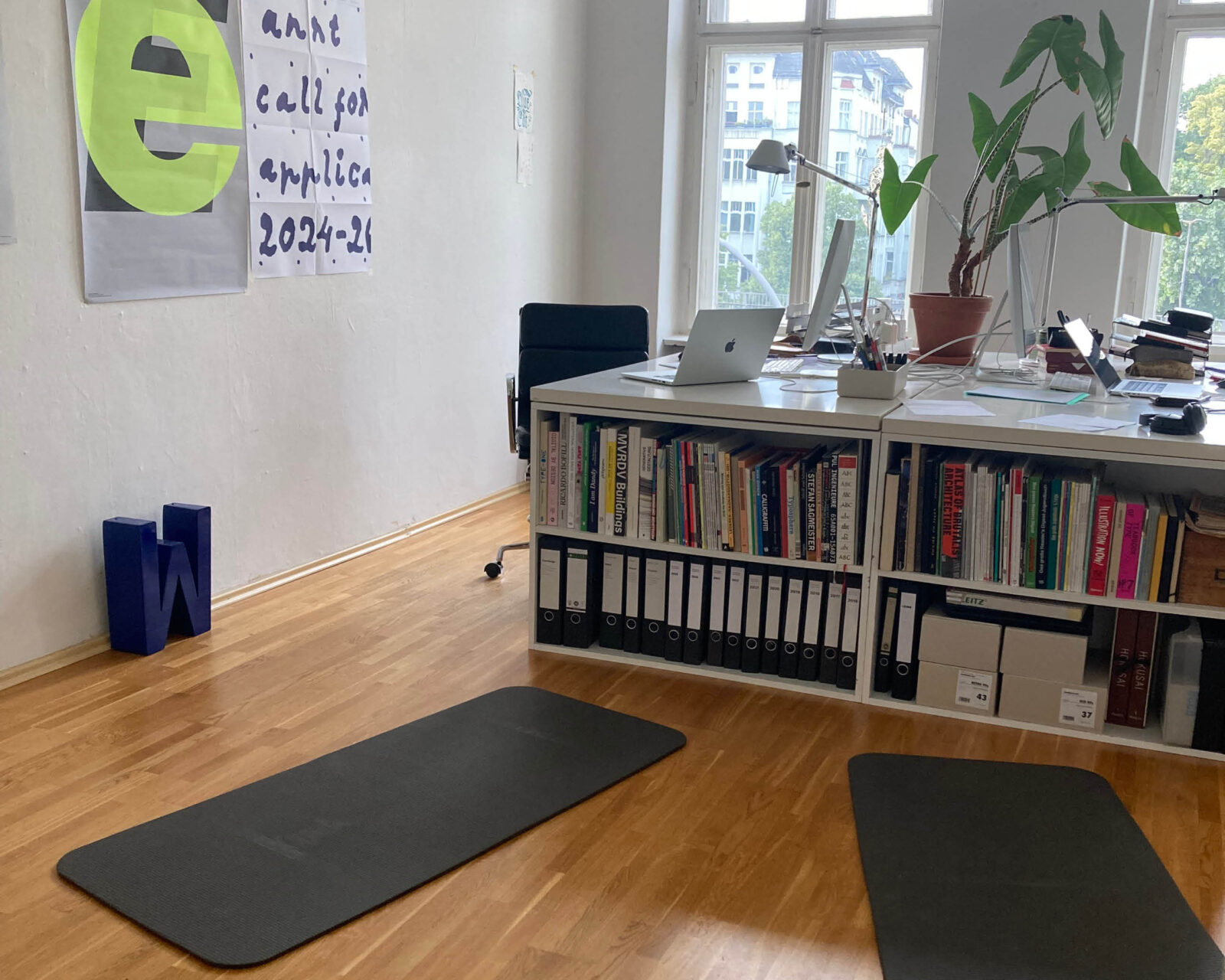
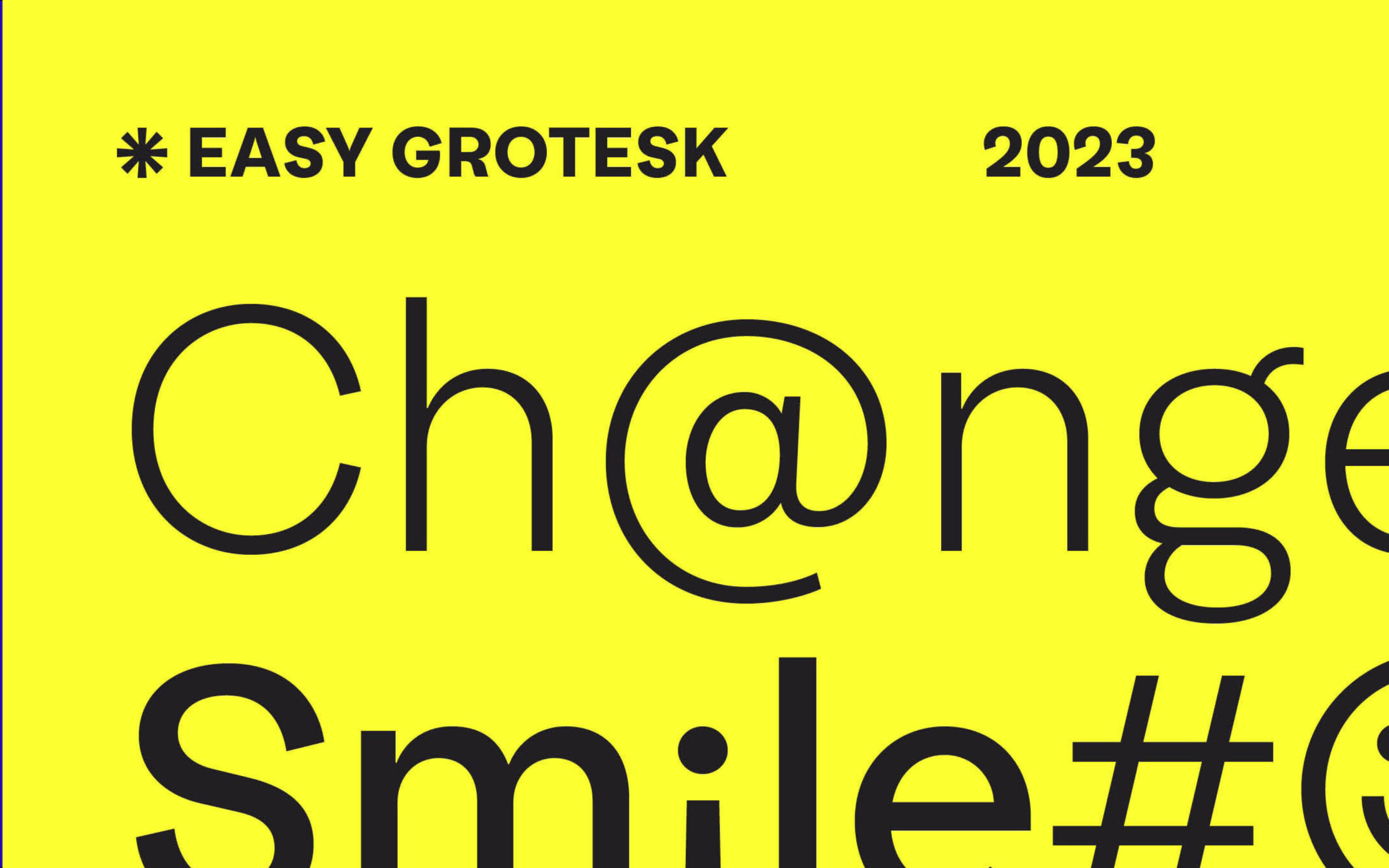
Olivia: We work at home, we have a really nice studio room, and that's cool, but I just don't get out enough. In Germany, there's this really weird law that your studio room or workroom can be a tax write off if you have no sports equipment in it. And I feel like this is the stupidest thing on the planet. Our studio would be incomplete without the yoga mats. It's like there's no way you can sit for eight hours doing type design and won't do yoga. That's crazy. So, I feel like working at home, type design, the rabbit hole keeps you very still with minimal movements per hour – and it's really unhealthy. When my kids were smaller, there were more family activities and sports outside going on. And sometimes I feel like I'm getting a little stuck in the studio, not for hours, but for weeks. So I think my work life balance is not that great right now. But this is something I have to try to deal with.

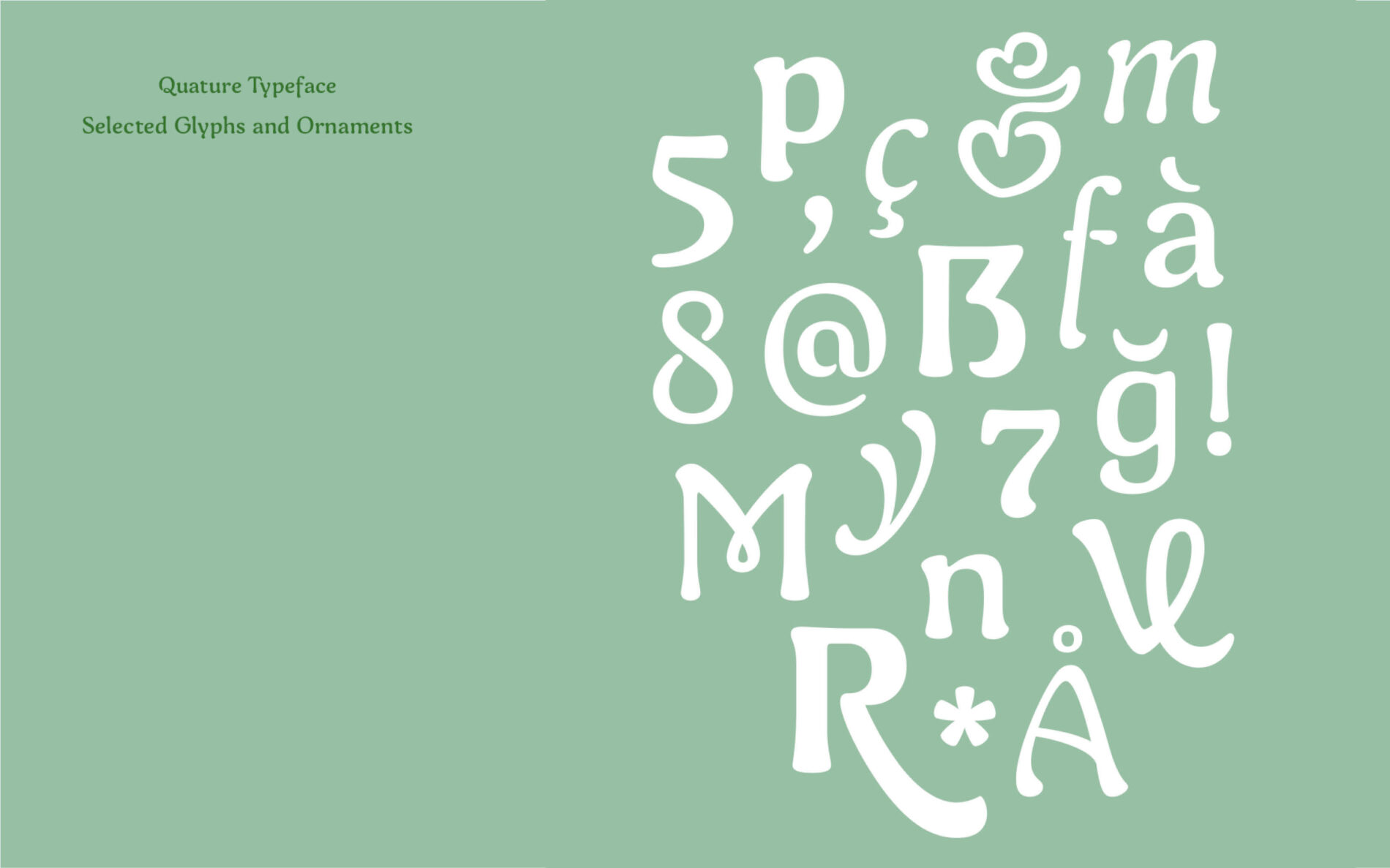
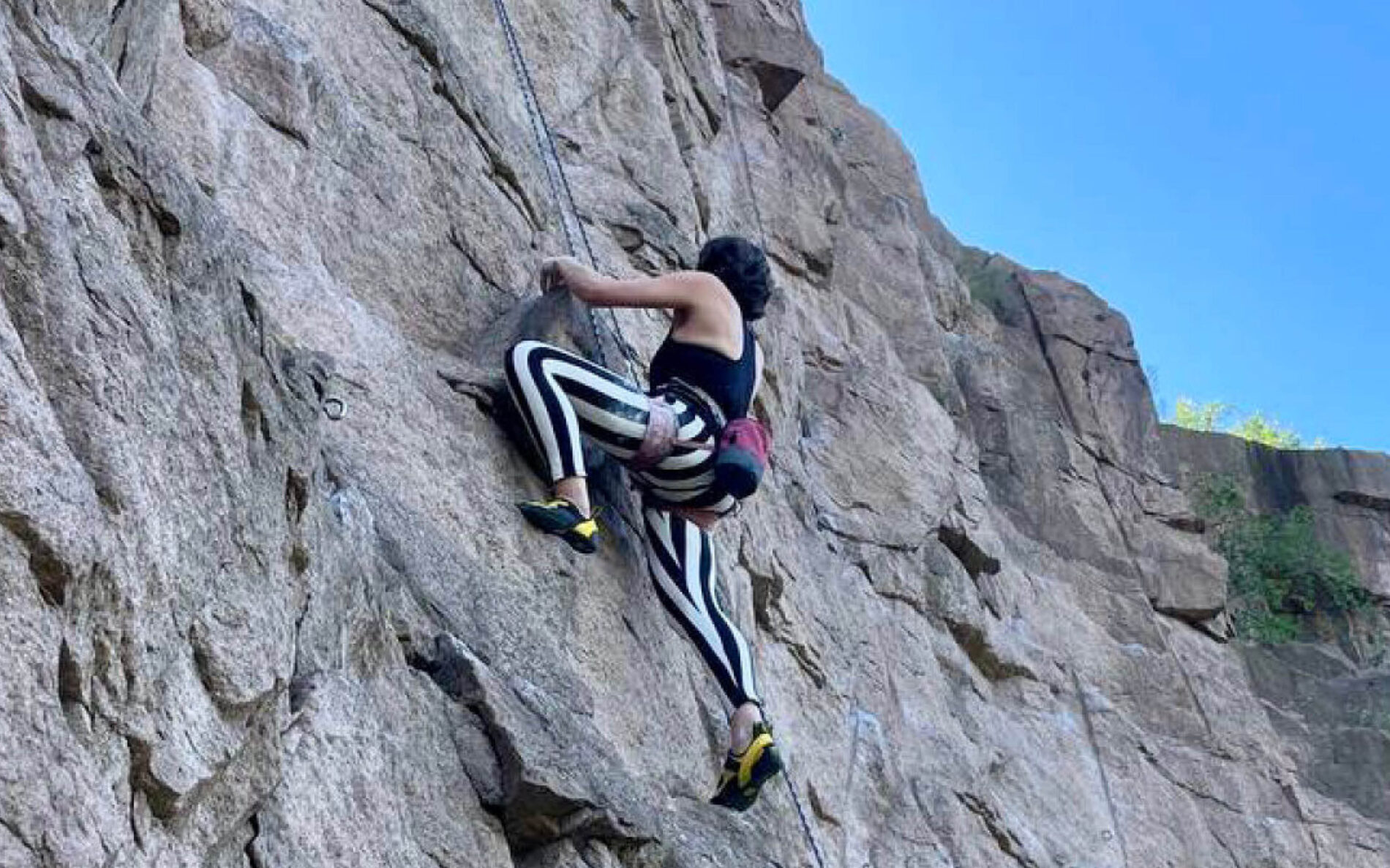

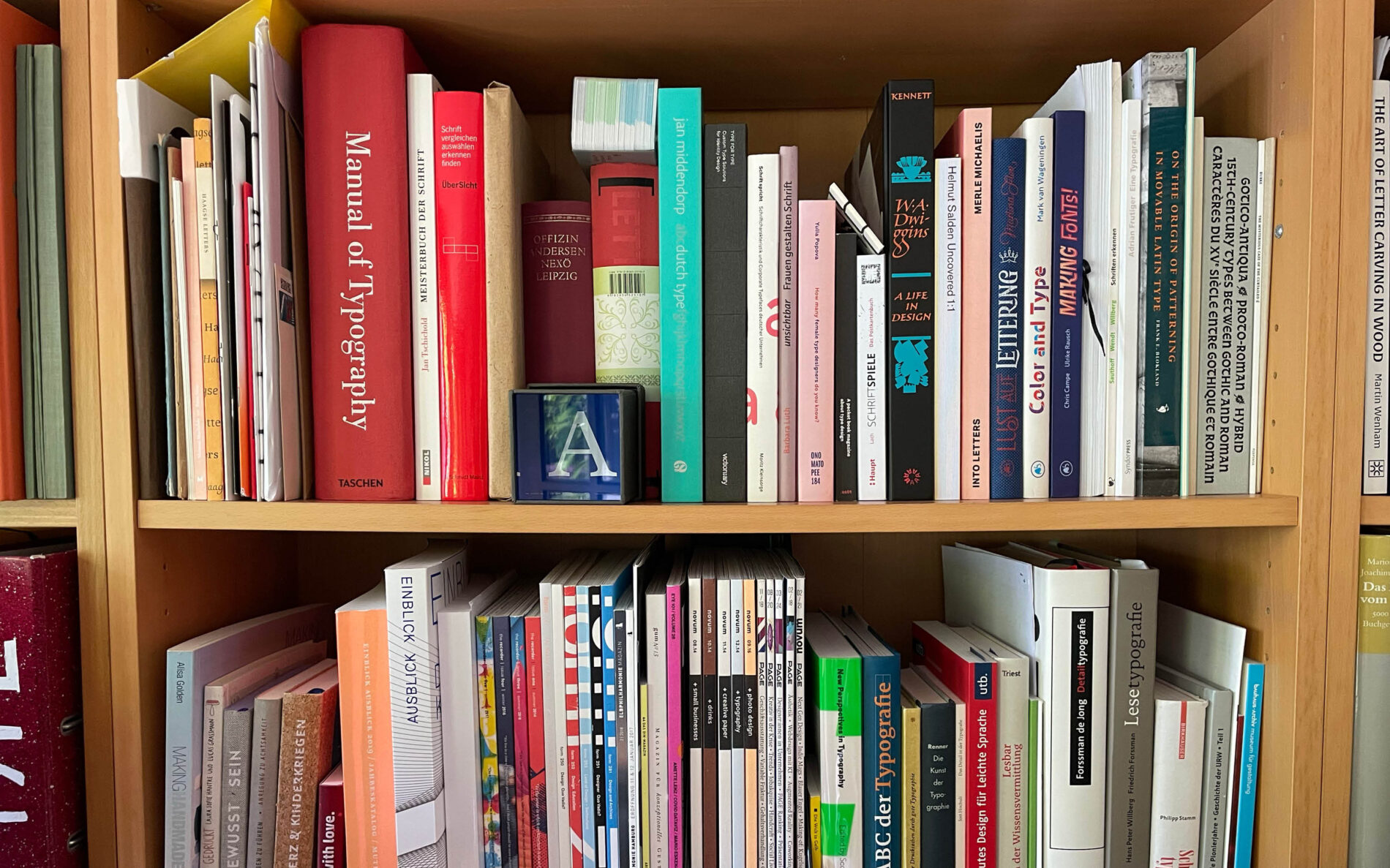
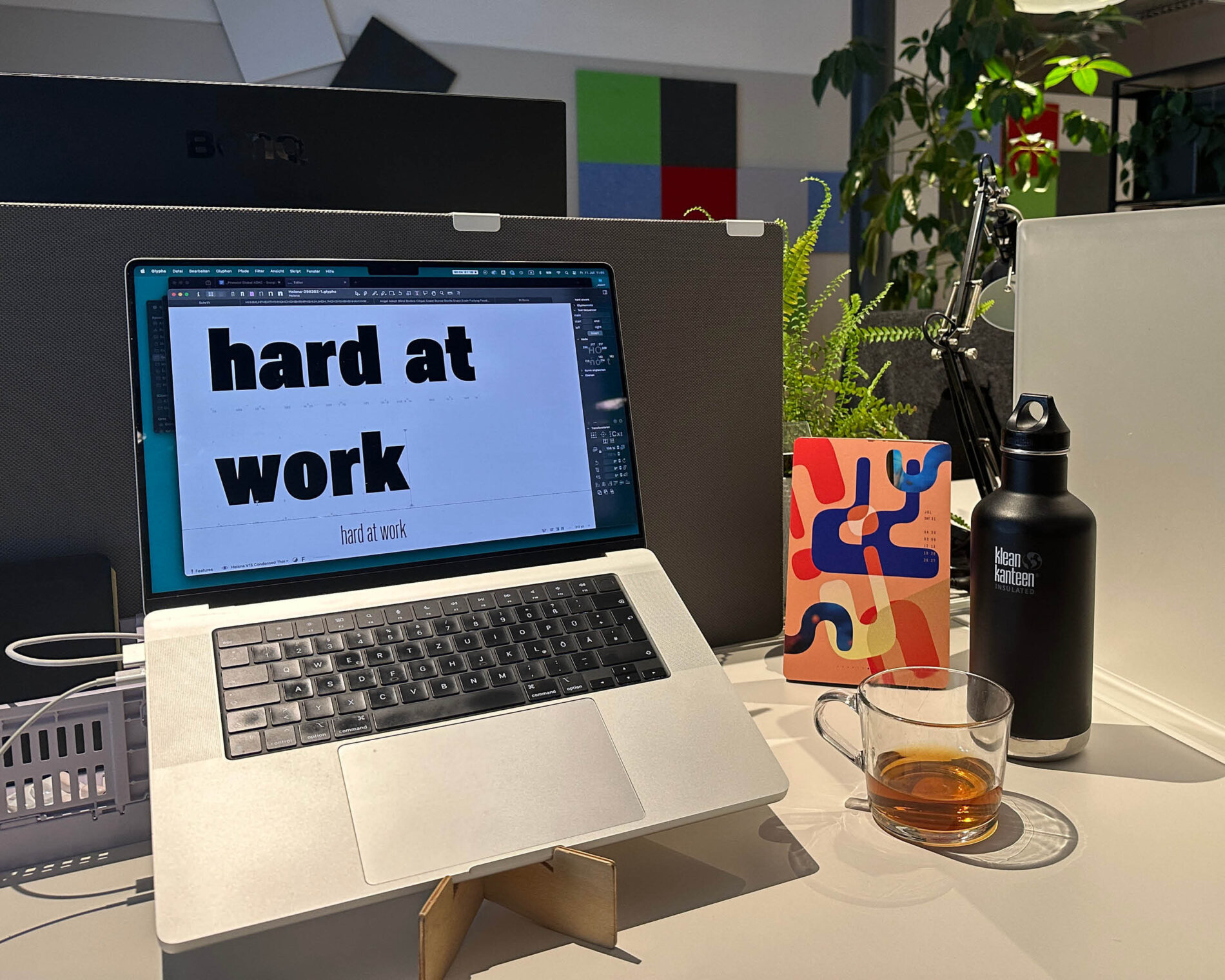
Yaprak: I can say that, it's not very balanced for me, either. I think I'm the youngest in type design amongst you. I just graduated. I'm still doing my master's, and my whole life is either masters, which is also on type design, or freelance, which is also on type design. And when I go out, I see letters, and I type design. And it is kind of inevitable. My partner is also a type designer. So at home we also talk about it. I think the only time I don't do type design is when I'm showering or cooking, or I'm probably sleeping.
Olivia: Even in the shower?
Yaprak: Looking at the shampoo.
Julia: And noticing that the kerning is off.
Yaprak: But, it's also coming back to being a student after five years. After my bachelors I worked and I came back as a master's student in my 30s. So it's a bit weird, but I also kind of enjoy, that I am titled as a student. So I'm kind of free at doing whatever I want. And someone was like, what are the dislikes? From a very naive perspective, I would say that I don't hate anything, because I probably didn't face the dislikes that much yet. So, I hope I will say this naive and I wouldn't have to. I think work-life balance is not balanced, but I can't complain, because I like it.
Julia: To be honest, I had ten days of holiday in Italy and I came back Sunday night, so my balance of life was pretty great in the last ten days. And I was just climbing in the mountains and putting carabiners in the walls with some force, pushing myself 50 meters up. It was so much fun. Yesterday, after ten days, I was sitting at my desk and for two hours I really, really had some trouble logging into my laptop. And I thought: what am I doing?
I live in Leipzig and there are a lot of stone walls and areas you can climb. And this hobby, bouldering and climbing, really pushes me out of my home and of my home office. I'm in the middle of the process of finding a way to live from what I want to do. So 50% I do what I want, 50% I'm working on my portfolio right now and applying for other freelancing jobs or something else. Just finding my way in this crazy world, with AI. And then sometimes I just need a weekend outside to get back on my desk afterwards and to find a new balance again.

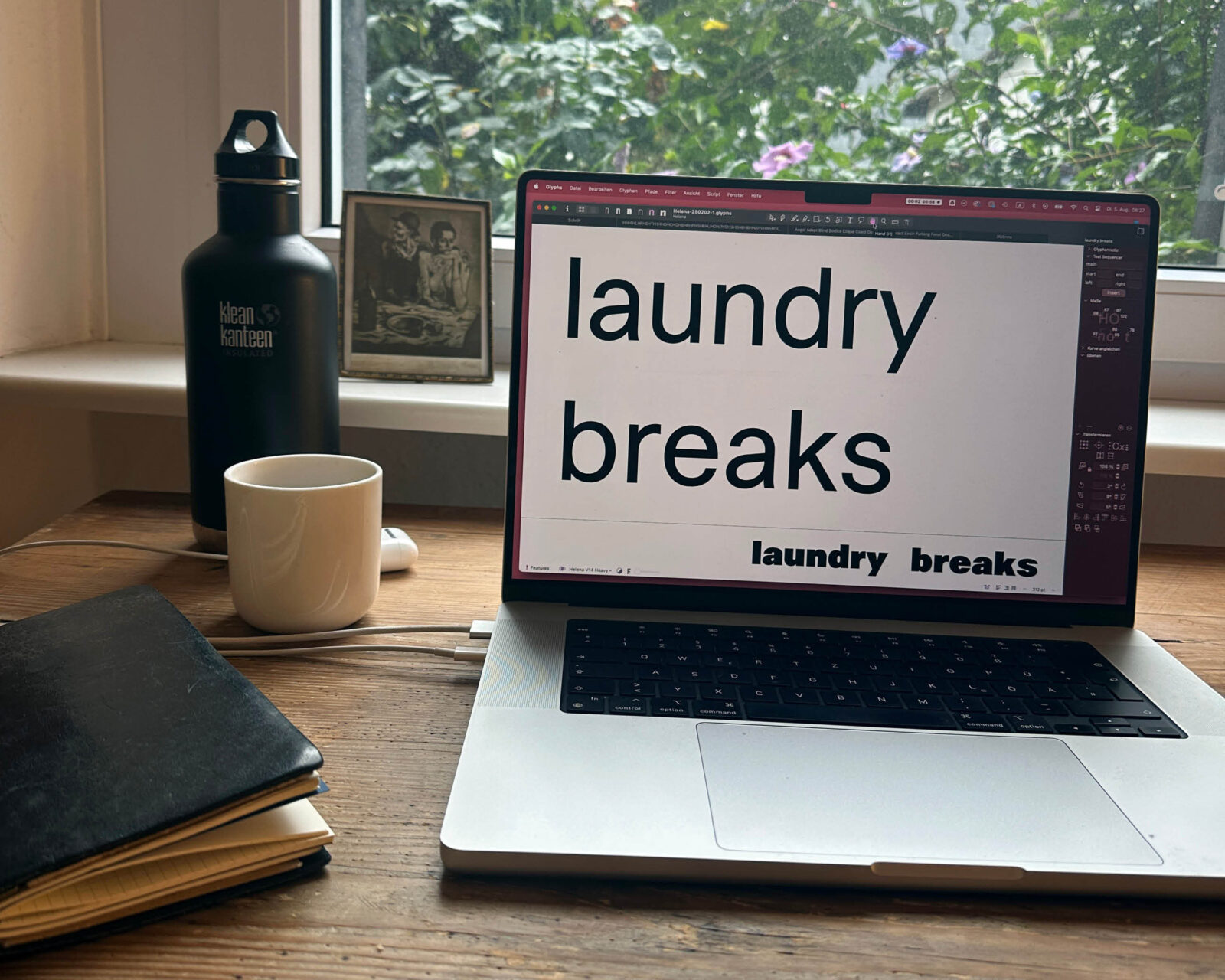
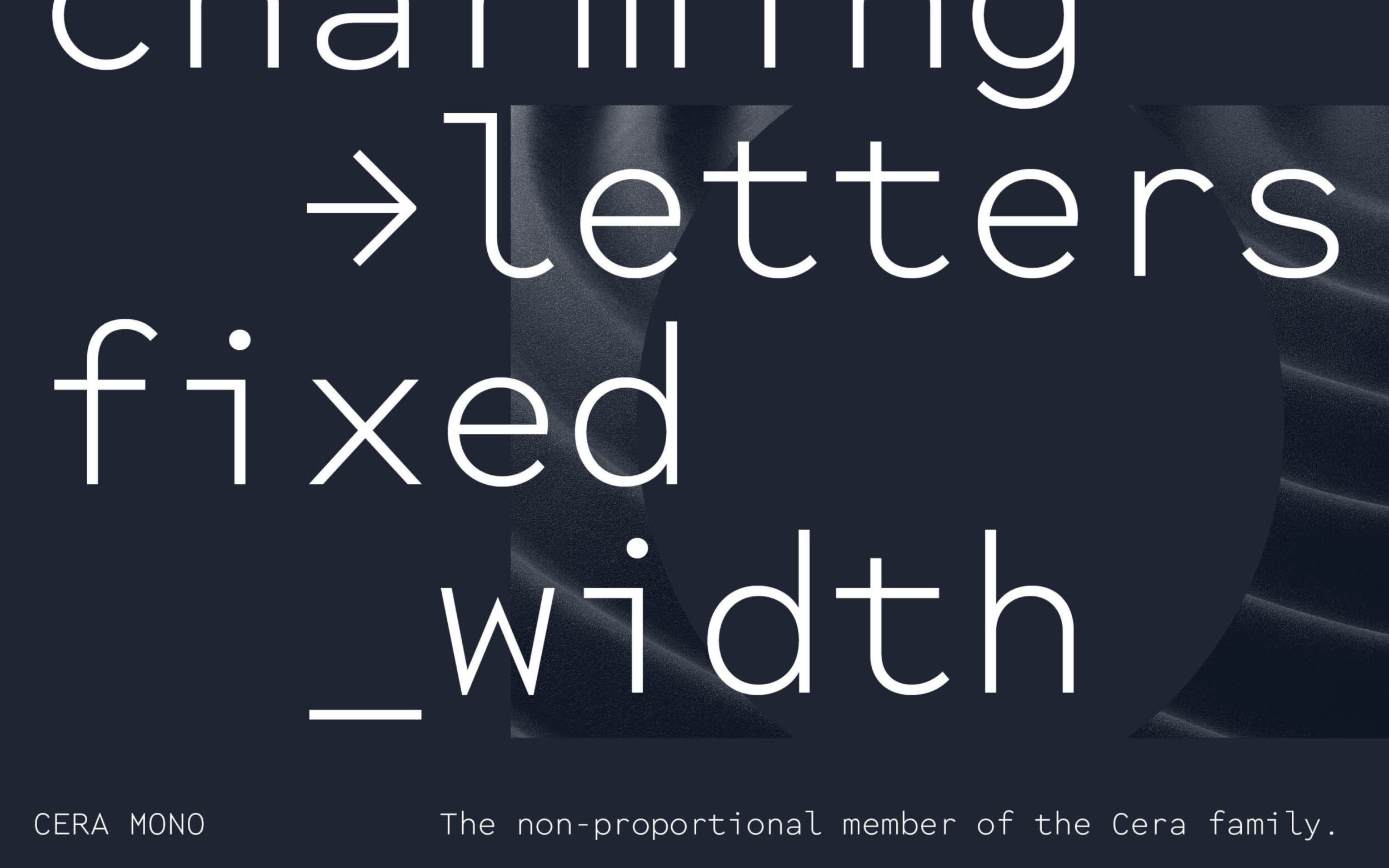
Antonia: I think it's always an ongoing struggle, an ongoing challenge you are facing. It's always trying to hold the balance. And then when you have the balance, you have to keep it. And then you're out of it again and you're trying to get back. Starting again every day.
Lisa: It does not always have to be balanced throughout the whole week. Sometimes it's very nice to be able to get overworked and then to chill more afterwards, and vice versa. I think anybody who would say “I have a great balance in everything I'm doing” would be lying. Because I think it's not realistic.
Antonia: Especially if there's family.

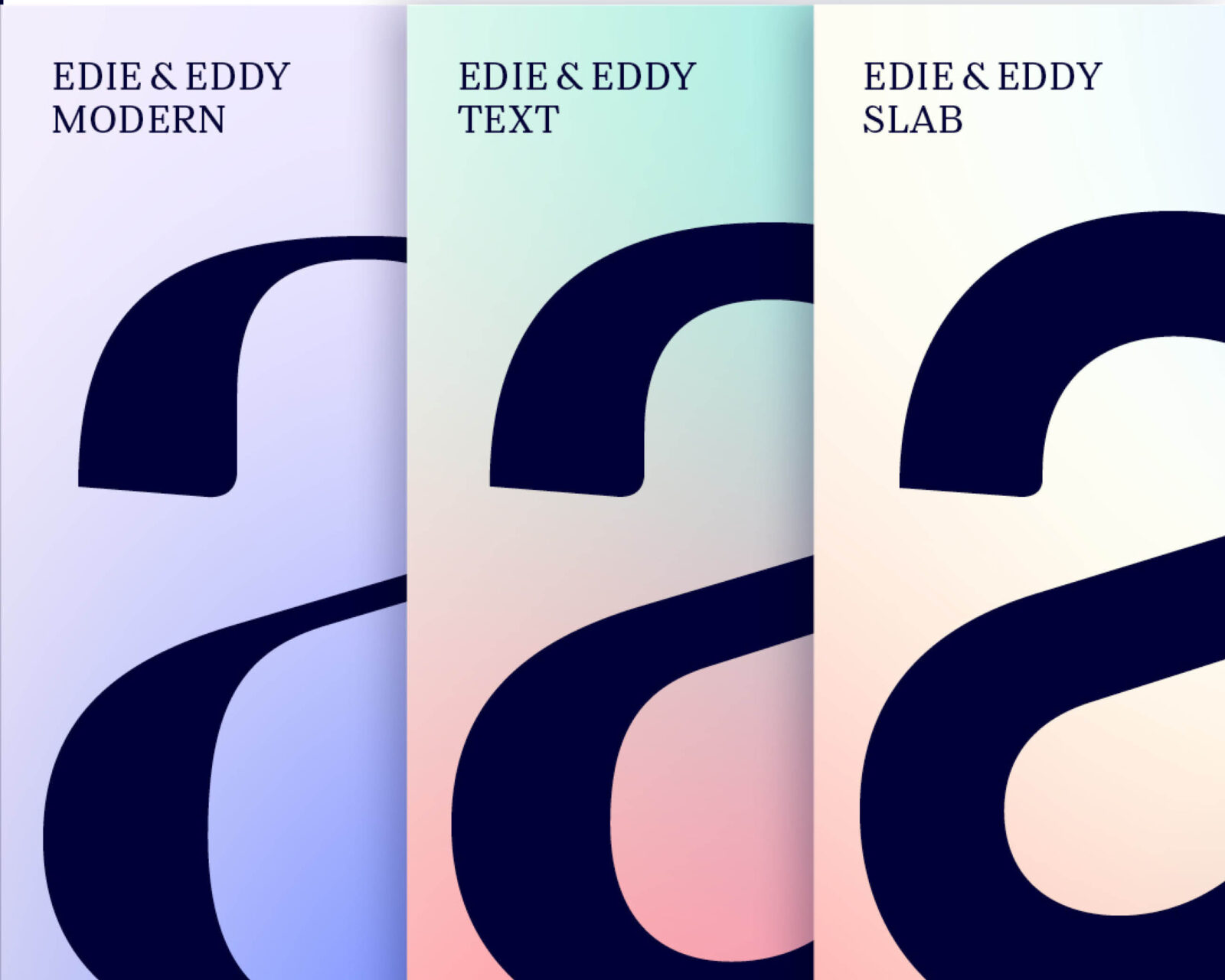
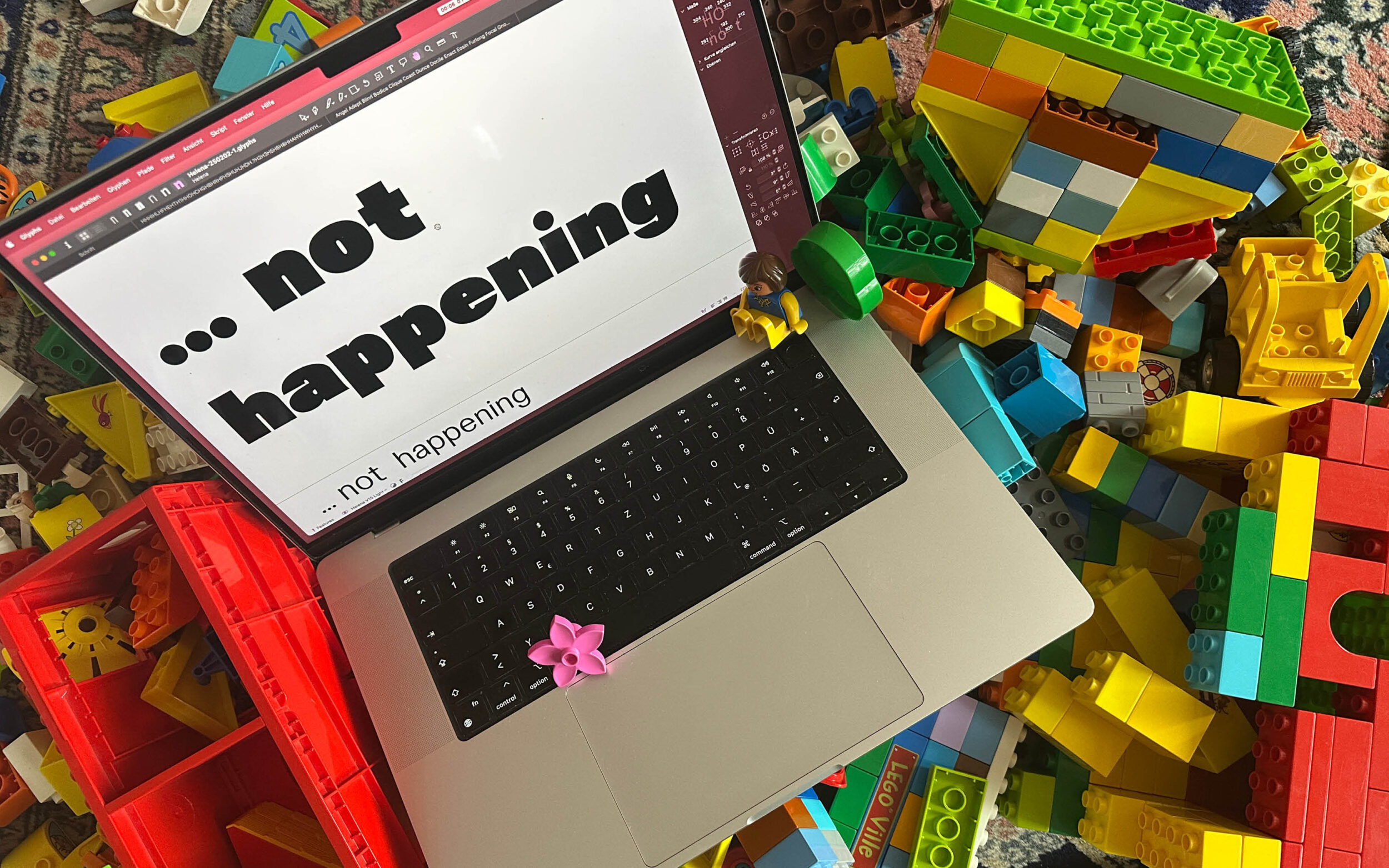
Lisa: But on the other hand, I know I can work until 14:00 and then I have to leave to pick up my son. And then we are out. We are playing or I'm outside and moving. I do stuff with him, and I don't have a choice, that's the perfect balance. But if I don't fit all the work in the first half of the day, I'm doing that at night. And that is something that needs to change. Other than that, it’s the perfect person to keep me accountable. He also has joined in some team meetings.
Laura: There's always a lot of children around in TypeMates team meetings.
Lisa: The most interesting meeting I had was with Jakob and Nils – I was on the headphones, playing soccer outside, while we were talking about business.
Laura: I think I can also relate to having these phases. Sometimes I have a week where I can work a lot and I have a lot of energy, and then I calculate all my coming weeks on that energy. And then the next week I am super tired, I cannot work or I am super distracted with other things. It always comes in waves.
How do you think education or training is important for your profession?
Lisa: I think that without any education, you can't design. You can maybe be self-taught, but then you need to really develop what you're doing. So then you're teaching yourself with a lot of trial and error. I'm very glad about my education and I wouldn't be where I am now without having studied at Reading.
I noticed that doing type design primarily, improves a lot. You see things faster, you are getting faster. So I think education in the sense that you go to a school, you get a lot of information, but then you need to practice, and you need to practice, and you need to work on it regularly. To have a work flow or a testing flow helps. Because in the end, it's not just A to Z. We all know that – it's a huge file.
Foreign scripts are really great to get an understanding of what forms are and what movement is and how to transport it. So type design does not need to be taught by letters. It can be taught by any shape or form.

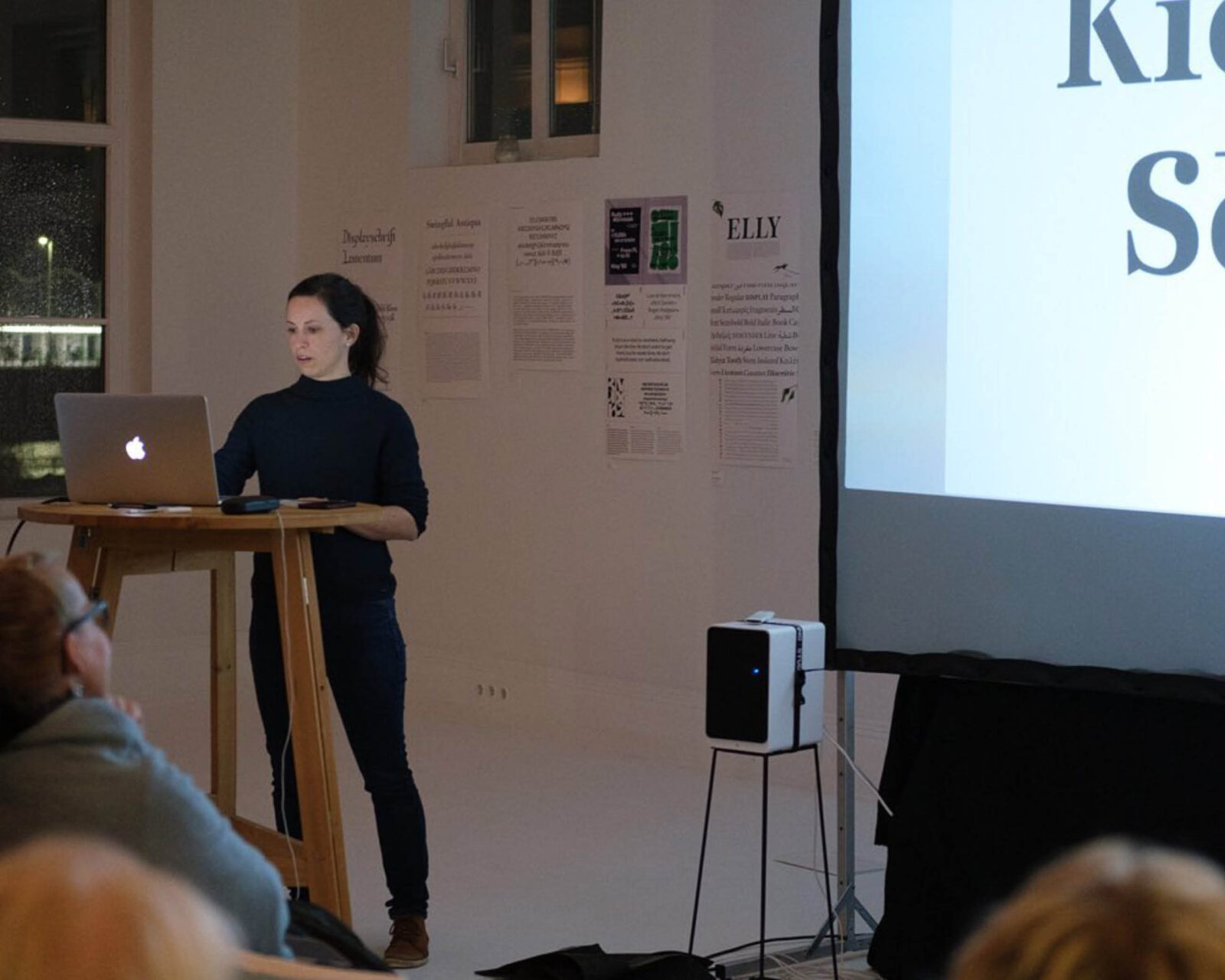
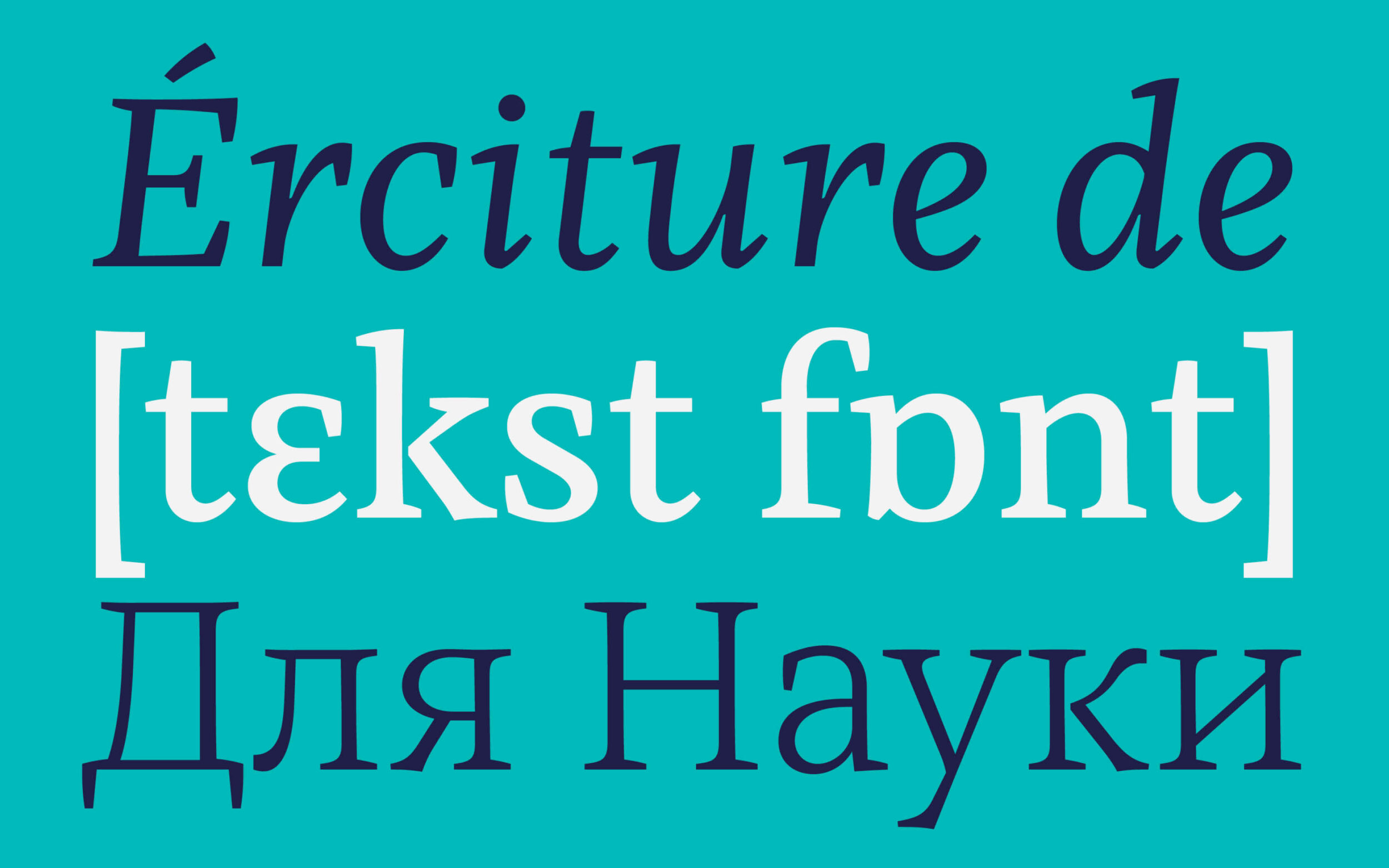
Antonia: I think it's important to learn that the form derives from the tool you're using. And that's actually the very basis you have in school. And once you understand this, I would say you're able to design any form you want to.

Yaprak: On that, I can say something that I'm witnessing right now, in my home country Turkey. There are not too many type designers in Turkey, maybe 10 or 20 people. But maybe five of them are doing it as a profession, and the rest are people who are doing graphic design and creating letters out of grids. That was an ongoing discussion: Can it be just grids that can be a tool for you to do type design, for you to call yourself a type designer? In your career, you're mostly doing visuals, posters or typography. But it's not the same thing. It's not the equivalent of designing a system, which is the type itself. It's not the same thing. I think I'm trying to defend that type design education is a must in doing this. I try to think about how Picasso did it. He wasn't a Cubist from the start. He could actually draw very good. He could draw realistically because he studied it, and then he could tweak the forms and the shapes in the way that he perceived, in his own design space. And then he became what he is right now, what he was at that time. I think it's not very applicable in Europe, but for Turkey especially, because it's a Latin script. It's like, “yeah, we do letters, it's fine.” But in real time, they're just doing graphic design. And I wonder then, what am I doing? Why am I doing all this education? Just to do letters out of grids? It's like these kinds of underestimating meals. Even though you're self-taught, you have to take it very seriously and you have to go through some steps, you have to know the basics. You have to see, you have to practice. Even though it ends up being on a grid.

Antonia: You need to know the rules to be able to break them.
Laura: I have ambivalent feelings about the
professionalization of everything. Because I think there's also a value
in these people doing it very improvised and on their grids that they
found somewhere.

Laura: It's also the way that education is gatekeeping a lot of knowledge. Because we are all or were doing bachelors and masters that are maybe expensive, and in foreign countries, and not accessible for anyone. I agree that with type design, it's a lot about practice and understanding systems. But I also think that people can learn that by doing, in a different way, or it will have different qualities than what you learned in your studies.
Yaprak: I agree.

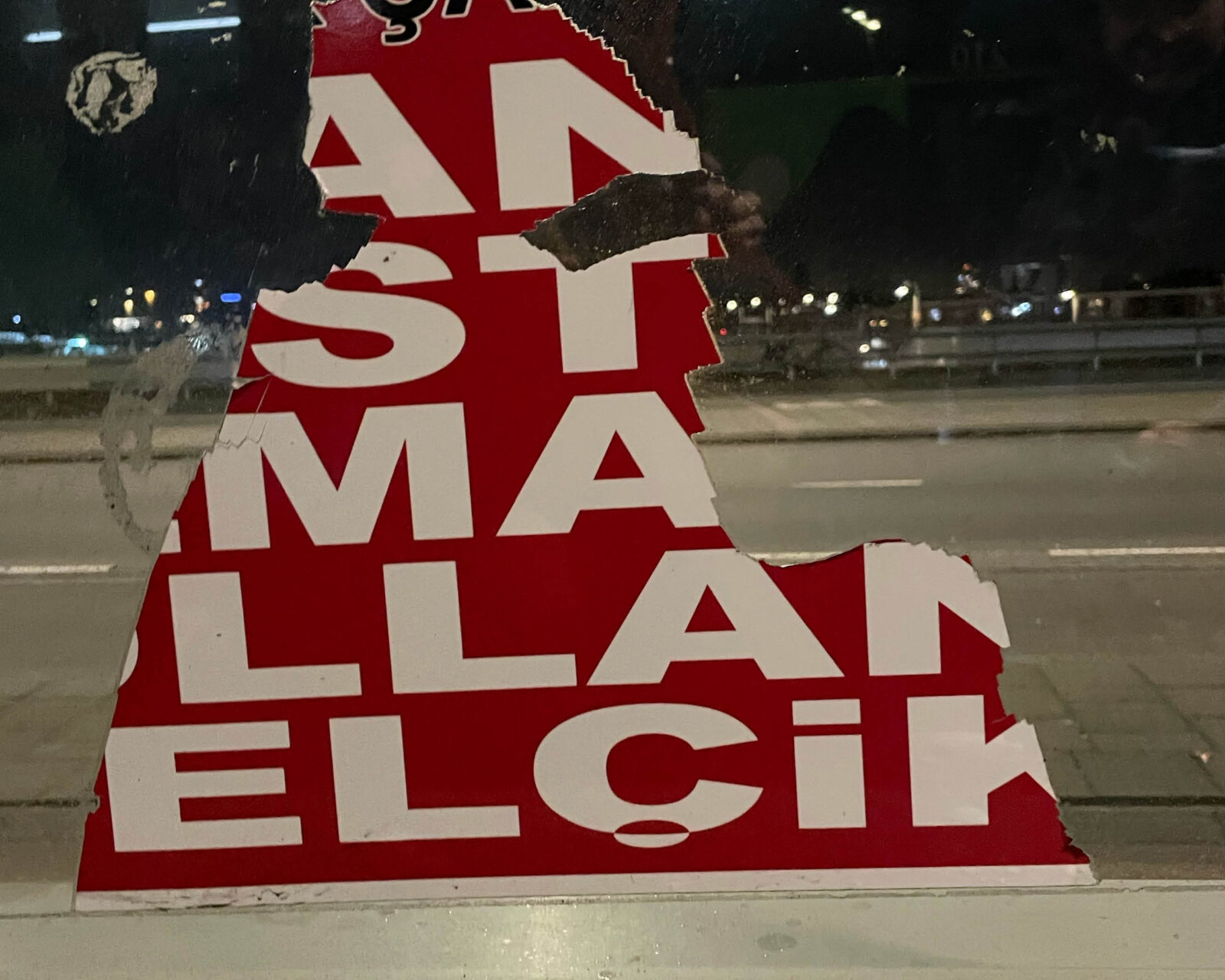
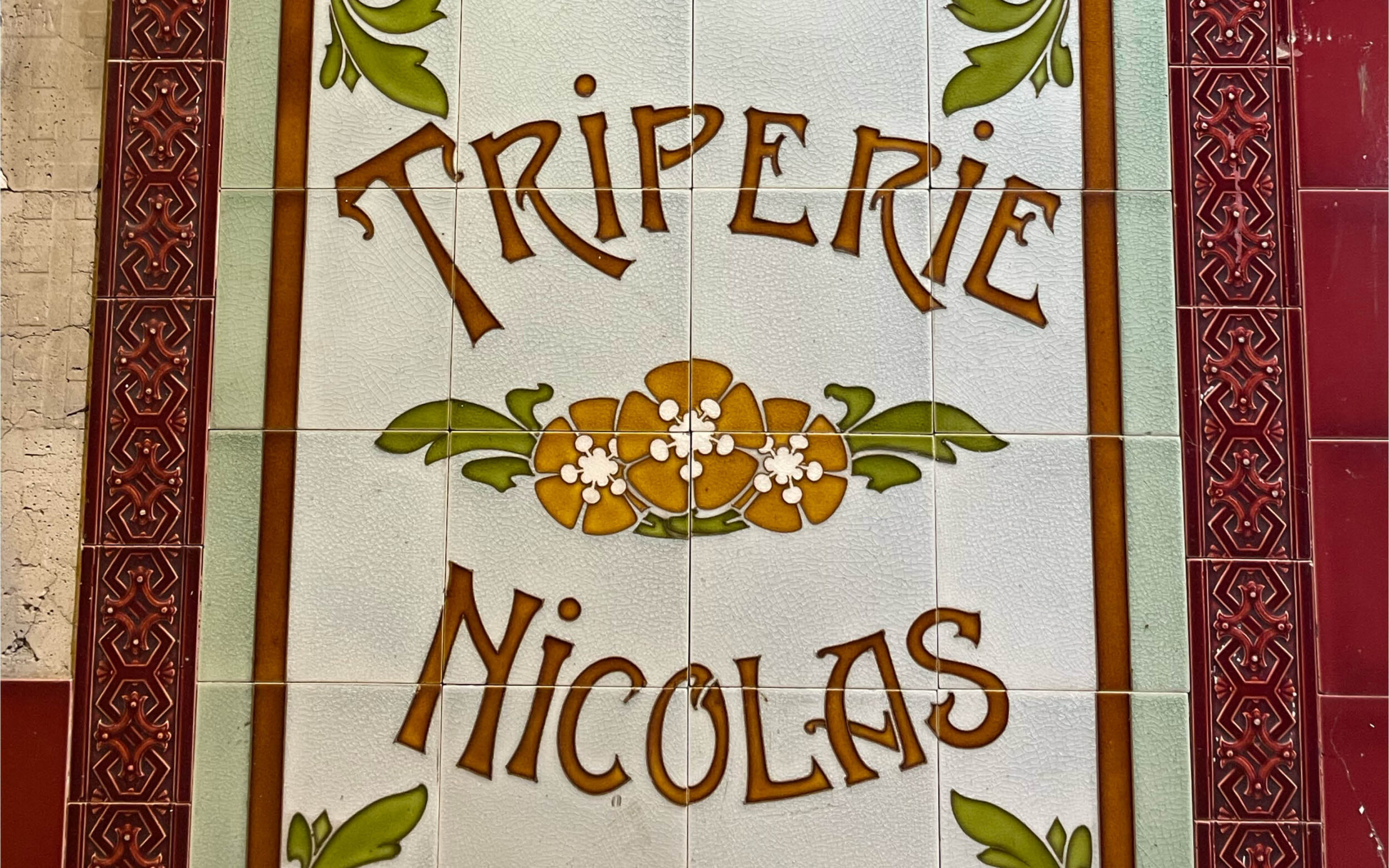
Lisa: I think that type design is especially cool
because you have a great community. So even if you can't study somewhere
because of money or a distant location, type designers are always happy
to give feedback. There's a lot of books and articles and you can find a
lot of information. You will always reach the people who you can ask,
which is a big plus. You need to study something at some point. But you
can do it at the university or in books or through, mentoring or
whatever is possible.

Olivia: I think that the unschooled view on letter forms can actually be really exciting. If I look at my phone, it's full of type photos. So I live in Berlin, right in the middle of Kreuzberg. And going for a walk here is not like, you know, trees and rivers, but like posters and dirt. I have so many photos and a lot of them are street type or, when I go on holidays somewhere. I think I take maybe more photos of uninformed letter shapes than professional letter shapes. And why do I do that? Because there's something that spikes my interest that is maybe not, such a thing in a professionalized area. And of course, I totally agree that you need some education. My studies were super traditional. I studied in the end of the 90s and we had typesetting and calligraphy for years. I went to life drawing once or twice a week. So it was super, super traditional. We had computers, but this was a really different era. And so I think, yes, education is super important and I wish I had more education relating to type in a structural fashion. I think I feel educated as far as curves go and sort of seeing. And at the same time, in theory, I would love to do a master's somewhere, but it's not going to happen right now. Maybe. I don't know. No, probably not. But anyways, I would love to do it.
Lisa: There's the Reading summer school.
Olivia: Yeah, that's probably the most I could manage. But anyways, I wish I had more education in the structures of working. I feel like I'm too chaotic. The way I go about things, I would like to be able to plan them better. That kind of thing is lacking for me. Otherwise, my education was kind of cool.
Lisa: But I think the chaotic part – and I am struggling with that myself – it's always a personal thing. If you are or you're not, and I'm fighting against that part of me since I’m doing type design. My results don't get better if I try to be structured. You can always have this perfect plan in your head and then, you know ... For example, for my release Edie & Eddy I wanted a Modern and I wanted to derive a Slab from it. And I said: “Ok I will start with the Modern”, because I really like the aesthetic and I had a visual in my head for that. It was very straightforward. And then I said: “It's easy to just make a Slab out of it!” And I made the Slab and it looked weird. So I made everything fatter. What was wrong with this? And it took a while until I got to that point where the design clicked and I said, this is it, this is an individual part of the other. Until the point that they both kind of brought the same value to the table – it was chaotic. It was so planned before, it was so clear! And in the end, you can't control those things. And then I have design partners that work very, very differently. I don't know if one way is better or the other. And the individual process is also something that is not taught in the schools (or at work). This is something you need to develop for yourself.
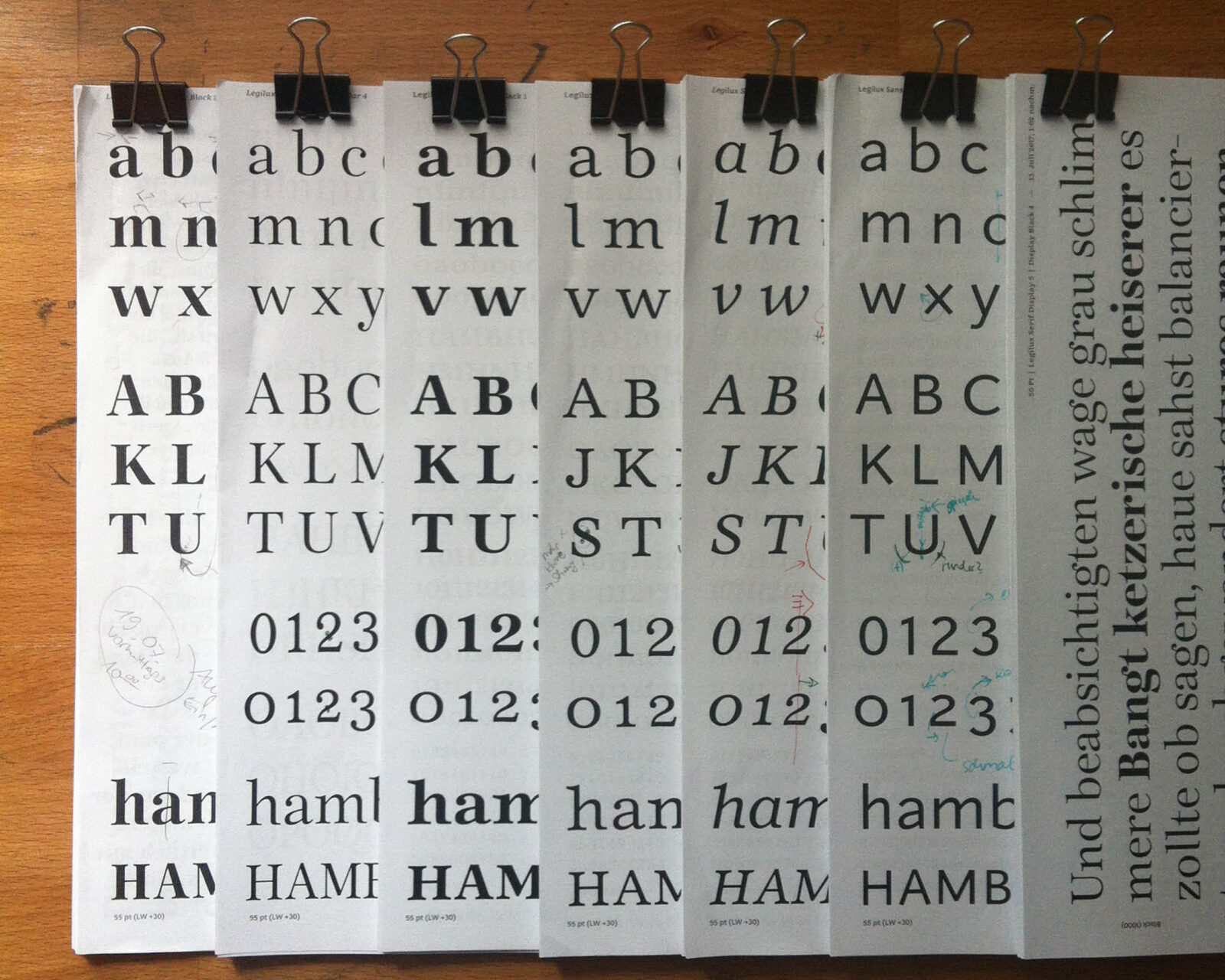
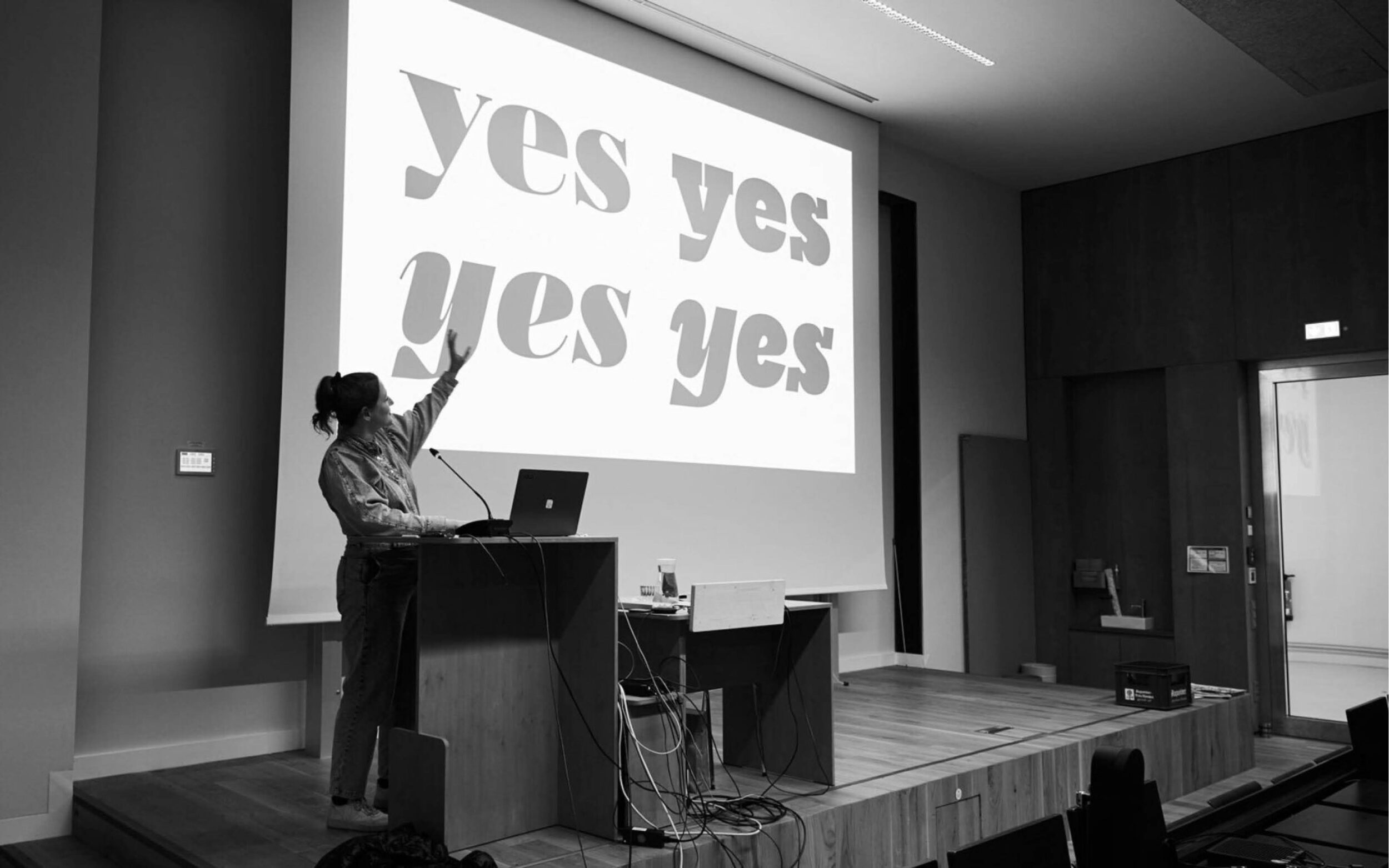

Julia: I think training and learning and education is important in any way you want to experience this part. For myself the most important part is that I love to do it, that I would love to learn something. This special spark of something new that clicks me. Even when I want to, I don't know, learn a new language. Like now. I started with Italian just because I was on a holiday after over a year. And I thought I will just look into something new. Of course I have to learn and educate in an area I want to be good at, but in the start I think it's also about the fun factor. That you want to go into it, that you are interested. And even if you do graffiti and street art – this isn't an official study you can study and train, but some of the lettering I see in graffiti is really great. And I think there's a lot of interesting stuff in things people do without a proper education. But I think education and learning is also the opposite of boring. To just be open minded and go into the world. I think it's important for type design too. I guess, if I wouldn't have been at the university and had some teachers who really helped me with the start, I don't know if I would have gotten the idea that I could be a person who could do type design.
This is part one, to continue reading part two, follow this link.